Crafting a Multilingual Future with Akorbi's Cutting-Edge Technology
Akorbi stands as a leading provider for technology-driven language solutions. By utilizing the power of cutting-edge technology, we effectively tackle language barriers, enhance efficiency, and reduce costs. Our approach is centered around creating simplified, yet innovative solutions that are set to redefine the language services landscape.

ADAPT Powered by Akorbi
Meet ADAPT, our proprietary language services technology platform that sets the stage for an era of effortless communication in over 170 languages. With ADAPT, you can schedule phone, video, or in-person interpretation services, as well as access document translation and localization services, all at the click of a button. It's language services, redesigned for the digital age.
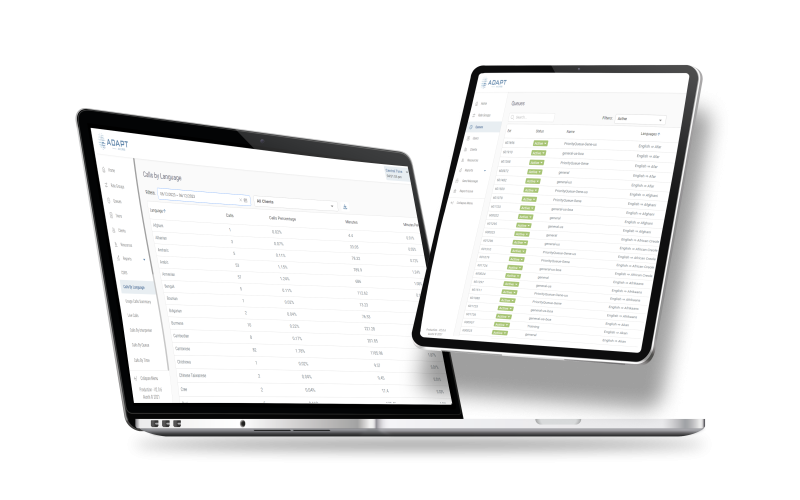

Automation and Low Code
We believe that the key to efficiency lies in intelligent automation. Our automation technology is crafted to revolutionize the translation and localization process by automating manual tasks, such as data entry, word processing, and proofreading. Alongside this, our low-code digital process automation and integration platform connects systems, applications, and services in real-time, allowing for swift and seamless operations.
Merging Technology with Expertise
Our approach to machine translation is not just about algorithms; it's about the unique blend of technology and human expertise. While AI and Natural Language Processing (NLP) lay the groundwork for our fast and cost-effective translation services, the human-in-the-loop model takes it a step further. This approach ensures that our machine translation solutions benefit from the accuracy and cultural nuance only a human can provide. We're not claiming to replace traditional machine translation, but rather to enhance it.
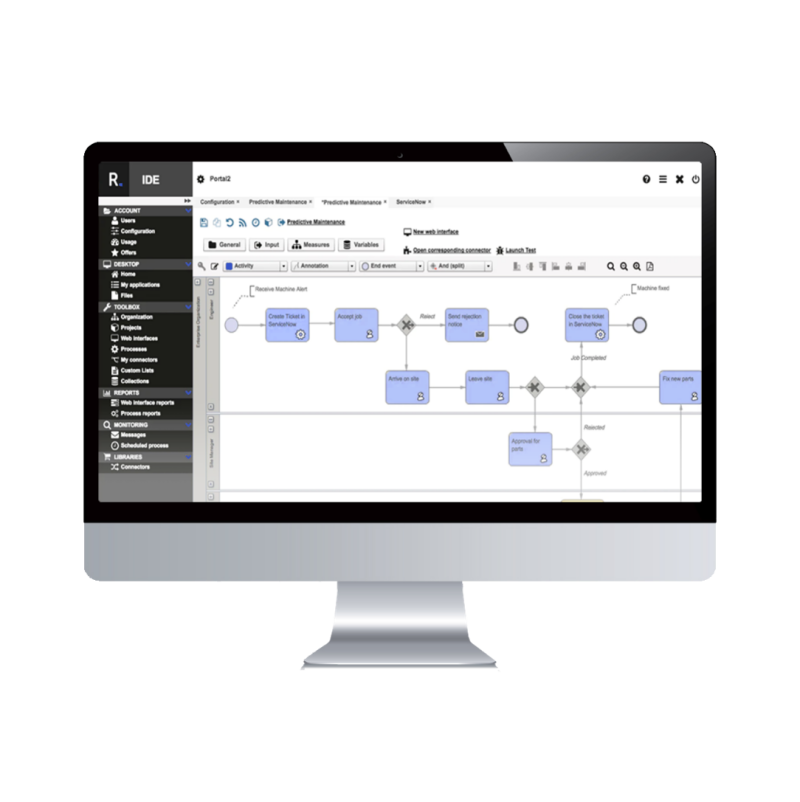
Integrations, Connections and Data Security
Connections matter. That's why we offer over 2800+ pre-built connectors, helping you tie all your systems together within minutes. A single source of truth for your data is the best way to ensure accuracy and streamline operations. Plus, we're ISO 27001 certified, so you can rest assured that your data is always protected to the highest standards.

Akorbi News

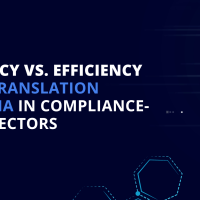
Akorbi Recognition
We strive to provide our clients with the highest-quality language services and game-changing technology, and we’re proud to share that our efforts have been recognized time and again.

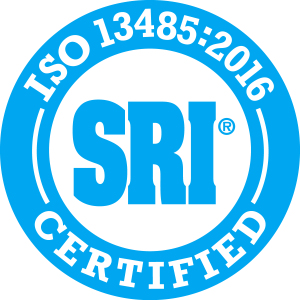
ISO 13485:2016
Certification: ISO 13485:2016
Certification body: SRI
About ISO 13485: ISO 13485:2016 specifies requirements for a quality management system where an organization needs to demonstrate its ability to provide medical devices and related services that consistently meet customer and applicable regulatory requirements.

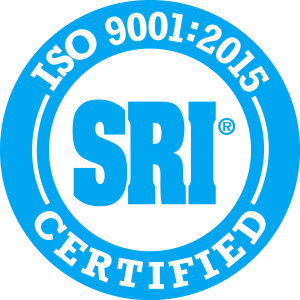
ISO 9001:2015
Certification: ISO 9001:2015
Certification body: SRI
About ISO 9001: ISO 9001:2015 specifies requirements for a quality management system.

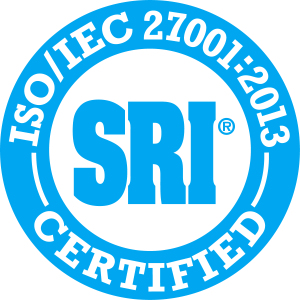
ISO 27001:2013
Certification: ISO 27001:2013
Certification body: SRI Quality System Registrar
About ISO 27001: ISO 27001 is the international standard for information security management system for continuing conformance to information security requirements. To know more about this standard, click Learn More below.


Dallas 100
For 30 years, the Caruth Institute for Entrepreneurship at the SMU Cox School of Business and the Dallas 100TM sponsors have celebrated the innovative spirit, determination and business savvy of area entrepreneurs. We have saluted the diversity, creativity and resolve it takes to create and sustain a successful business in today’s competitive environment.
Learn More

Minority Business Enterprise
Certification: MWBE Minority Business Enterprise
Certification body: State of Tennessee
Objective: Certified to perform business at the state of Tennessee level as a Minority Business Enterprise.


Proud Sponsors of Translators Without Borders
Translators without Borders is a nonprofit working toward a world without language barriers.
Learn More

CSA Research
Common Sense Advisory (CSA) Top 30 NA Language Service Providers Rankings:
- 2020
- Global: 29
- North America: 11


Nimdzi Insights
Nimdzi is a market research and international consulting company that works towards
providing clients with the insights needed to succeed on a global scale.
- 2018
- Global: 24
- North America: 12
- 2019
- Global: 36
- North America: 11
- 2020
- Global: 35
- North America: 12


Women Owned
Certification: Women-Owned Enterprise
Certification body: North Central Texas Regional Certification Agency
Objective: Certified to perform business at the local government level as a MWBE.

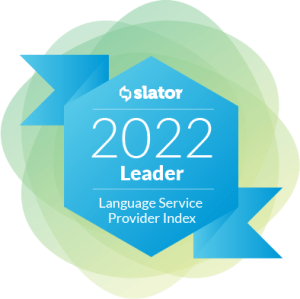
Slator LSP Index
The Slator 2020 Language Service Provider Index is a ranking and index of the world’s largest language service providers, translation agencies, localization providers, interpreting services providers, and language technology companies.
- 2018
- Global: 28
- North America: 13
- 2019
- Global: 27
- North America: 9
- 2020
- Global: 26
- North America: 10


50 Fastest Women-Owned / Led
Certification: Women-Owned Enterprise
Certification body: Women’s Business Enterprise National Council – Southwest
Objective: Certified to conduct business as a woman-owned business.


ISO 17100:2015
Certification: ISO 17100:2015
Certification body: SRI Quality System Registrar
About ISO 17100: ISO 17100 is the international standard for information security management system for continuing conformance to information security requirements. To know more about this standard, click Learn More below.


ISO 27701:2019
Certification: ISO 27701:2019
Certification body: SRI Quality System Registrar
About ISO 27701: ISO 27701 is the international standard for information security management system for continuing conformance to information security requirements. To know more about this standard, click Learn More below.
We Speak Over 170 Languages
Akorbi ensures that cultural differences never hinder communication. Our dedicated team is ready to facilitate your global interactions with unmatched precision. Connect with us today and let's navigate the world of languages together.



